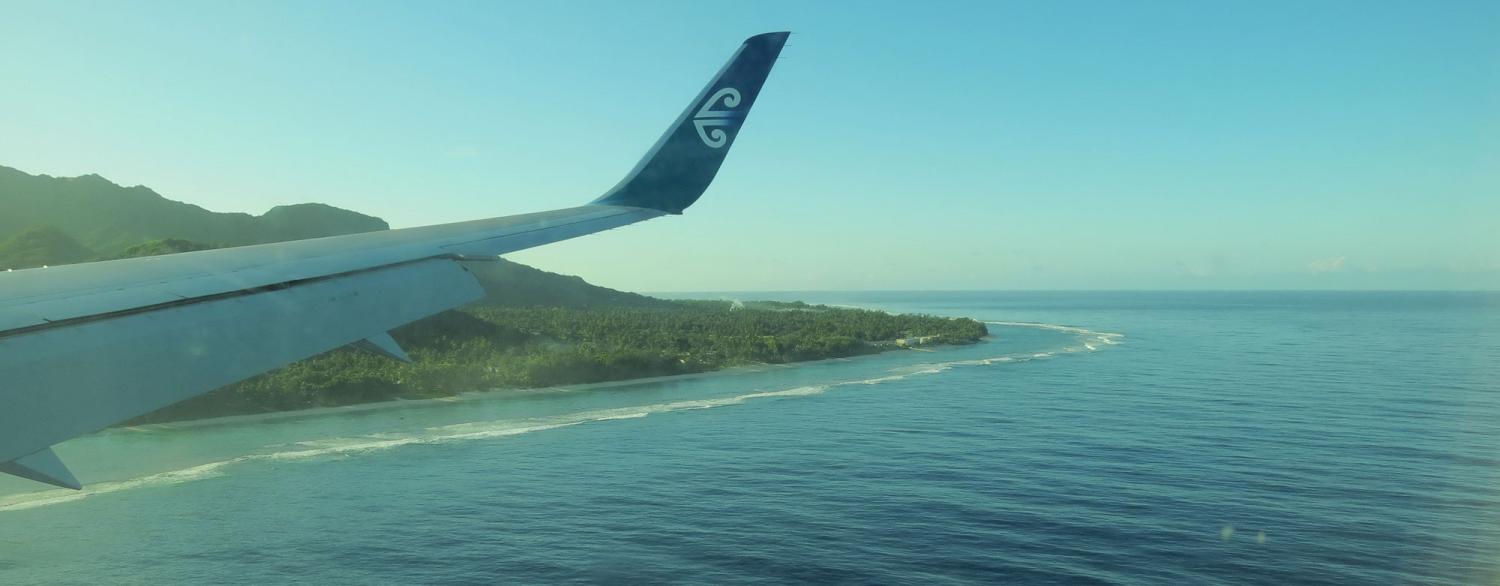The Organization for Economic Co-operation and Development (OECD) has officially determined* that the Cook Islands will graduate to developed country status in late 2018, removing it from the Development Advisory Committee’s (DAC) list of countries eligible for Official Development Assistance (ODA).
In many ways, this is a positive achievement for the small country, reflecting as it does six years of strong economic growth. However, removal from the ODA recipient list will also bring challenges. Once off the list, the Cook Islands can continue to receive assistance, but this would not rank as official ODA from donor countries, nor will it count toward their UN-endorsed ODA target of 0.7% of national income.
The potential negative impacts – which prompted Cook Island Foreign Affairs Secretary Teperau Herrmann to describe the change in status as a ‘worst case scenario’ - highlight the limitations of using a country’s GNI as the sole indicator of development status. This measure fails to take into account many of the social, economic and environmental vulnerabilities that small island economies face.
The Cook Islands’ population of 21,000 is spread over 15 islands, meaning the cost per capita of the delivery of basic services – such as health and transportation – is particularly high. Consider, for example, the economic burden of maintaining 10 airstrips - some of which are used by fewer than 1000 people - or of shipping supplies, providing health services and generating electricity for isolated atolls with populations below 500.
Then there are the challenges of diversifying such a small economy – driven primarily by tourism and fisheries – and overcoming both a lack of natural resources and geographic isolation from larger markets.
Initially, developed country status shouldn’t prove too much of a shock for the Cook Islands economy. Around half of its ODA comes from NZ, which has indicated its budgetary support won’t change much, and non-DAC donors such as China and the Global Environment Facility (GEF), for whom the change in status should be irrelevant. Large, multi-year projects, with previously committed funds, should also be unaffected.
This stability could disappear overnight, however, in the event of a large hit to the GDP caused by a natural disaster, such as the severe tropical cyclones the Cook Islands are prone to. This vulnerability places the Cook Islands among the 30 countries most prone to experiencing significant disaster-related losses to GDP.
In 1987, Tropical Cyclone Sally caused damages equivalent to roughly 66% of the Cook Islands GDP. More recently, a series of four cyclones in a five-week period in 2005 caused about $10 million worth of damage – around 6% of GDP. Since post-2018 aid will not be not counted as official development assistance, this could – notwithstanding an individual donor country’s motivations in giving aid – affect the scale of international assistance during such events in the future.
We saw how this might play out in recent months when Hurricanes Harvey, Irma and Maria hit the small island economies of the Caribbean. The UK, amid criticism that its response was slow and inadequate, has called for urgent changes to OECD regulations to allow development funds to be used in disaster relief efforts for countries who have graduated from the donor recipient list.
The OECD should heed such calls. Introducing some flexibility would allow for assistance to nations in the event of unexpected natural disasters to be counted as ODA. This is particularly important as more small island developing states approach the threshold of high income status.
In the Pacific, Fiji, Palau, Nauru, Niue, Wallis and Futuna, the Marshall Islands and Tonga appear on the OECD list of Upper Middle Income ODA recipients, with Palau and Nauru most likely to be the next to graduate to high-income status. If they do so, they will face many of the same challenges the Cook Islands now confronts.
GNI alone is not a predictor of a country’s ability to deal with shocks, nor to overcome the extra economic burden of basic service provision for countries with small populations and unique geographic challenges. As more small island developing states reach the high-income threshold, the OECD needs to urgently review its outdated and narrow measure of ODA eligibility.
*After the publication of this article, the Cook Islands Ministry of Finance and Economic Management issued a press release stating that the Cook Islands graduation from ODA eligibility is uncertain, due to an agreement by the OECD to provide the Cook Islands until the end of 2018 to develop GNI data.


